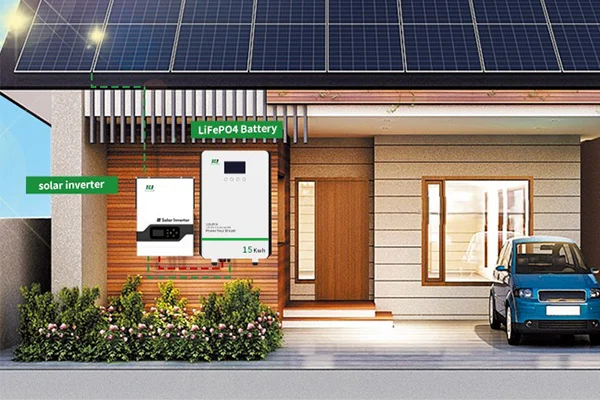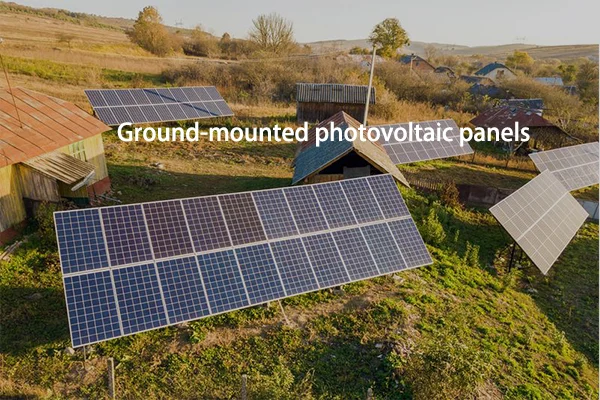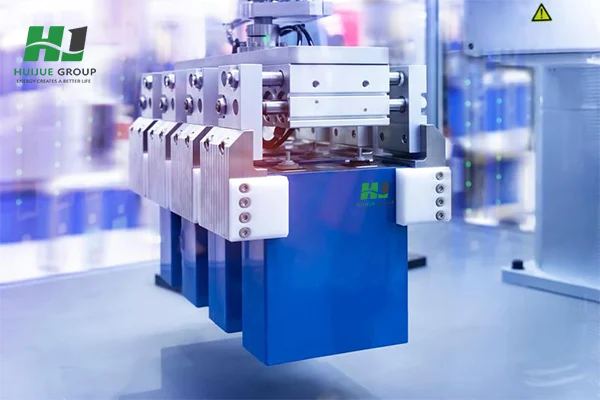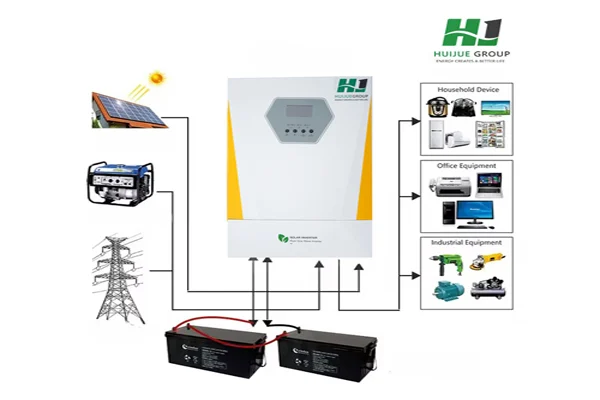If you've ever wondered, what is an inverter and why it’s such a critical part of modern energy systems, you’re not alone. Inverters are integral to many of the devices and technologies we rely on every day. From solar power systems to home appliances, they quietly convert electricity in ways that make our gadgets and grids work smoothly. But what exactly do they do, and why are they so essential?
Understanding What an Inverter Is
At its core, an inverter is a device that converts direct current (DC), which is the type of electricity generated by sources like solar panels or batteries, into alternating current (AC), the form of electricity that powers most household appliances and grids.
For example, solar panels produce DC electricity, but homes use AC electricity. So, the inverter plays a critical role in converting that energy into something useful for everyday consumption. Think of it like a translator—without it, the power generated by renewable sources wouldn’t be compatible with the systems in place to use it.
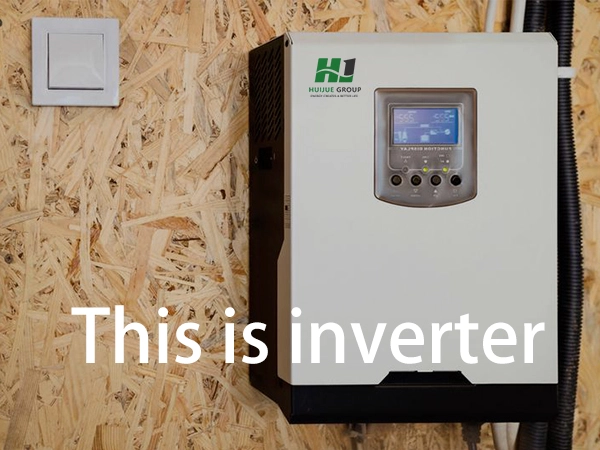
How Does an Inverter Work?
The basic function of an inverter is to take DC electricity and flip it into AC. But why does this matter? AC electricity is what comes out of your electrical sockets at home, and it’s easier to transmit over long distances with fewer losses. Without an inverter, all that green energy stored in your solar panels or batteries would be trapped, unable to power your fridge or lights.
Here’s a simple breakdown of the process:
- DC Power Input: The inverter receives direct current (DC) from a source like solar panels or a battery.
- Conversion Process: Inside the inverter, an electronic switch rapidly flips the direction of the current back and forth. This creates a waveform similar to AC.
- AC Power Output: The converted alternating current (AC) is then sent to power your home’s devices or into the grid.

Functions of inverters in solar systems
Why Are Inverters So Important?
Inverters are essential not just because they convert electricity but because they do so in a way that maximizes efficiency. In modern systems, inverters are often "smart" and come with advanced features like energy monitoring, power optimization, and grid balancing. They can adjust to different energy loads and conditions, making sure that power is delivered smoothly and efficiently, even when energy supply fluctuates.
For example, in a solar power system, a smart inverter ensures that excess power generated during sunny days is either stored in a battery for later use or fed back into the grid, potentially lowering your energy bills. But here's a question to think about: as we integrate more renewable energy sources into our power grids, could inverters become even more central to how we manage energy flow?
Types of Inverters
Not all inverters are created equal, and the type you need depends on your application. Here are a few common types:
Grid-Tied Inverters: These are used in systems connected to the power grid, allowing you to send excess electricity back to the grid and possibly earn credits.
Off-Grid Inverters: For systems that aren’t connected to the grid, such as remote cabins or emergency backup systems. These inverters are designed to work independently.
Hybrid Inverters: As the name suggests, hybrid inverters can do both—manage power from solar panels and batteries while also being connected to the grid.
In a real-world example, Huijue Group’s Inverter With Battery + Solar Module Integrated Machine is a hybrid system that seamlessly combines solar energy with backup power storage, ensuring an uninterrupted power supply, even when the grid goes down. It offers the best of both worlds: solar self-consumption and emergency preparedness.
Inverter Efficiency and Power Quality
Efficiency is one of the most critical aspects of an inverter. A high-quality inverter will convert as much of the incoming DC power into usable AC power as possible, with minimal energy loss. Inverters are rated by their efficiency, with modern inverters reaching up to 98% efficiency, meaning very little power is wasted in the conversion process.
Besides efficiency, inverters also play a role in improving power quality. This means they deliver electricity that matches the smooth sine wave pattern of grid power, reducing the risk of electrical noise or disruptions that can damage sensitive electronics. But are all inverters equally good at this? Not necessarily—some inverters come with additional features like harmonic filtering to ensure even better power quality.
How to calculate the required inverter capacity?
First, you need to determine the total power consumption of the appliances you plan to run with your solar inverter. Below is a list of power consumption for some common household appliances:
Refrigerator = 200 Watts
Microwave = 1000 Watts
Washing Machine = 500 Watts
Air Conditioner (window unit) = 1200 Watts
Laptop = 50 Watts
Smartphone Charger = 10 Watts
Imagine you want to power 1 Refrigerator, 1 Microwave, 1 Washing Machine, 1 Air Conditioner, 2 Laptops, and 3 Smartphone Chargers. The total power consumption would be calculated as follows:
(1200 + 11000 + 1500 + 11200 + 250 + 310) = 3010 watts.
Now, let's calculate the required inverter size. While an inverter's ideal efficiency is 100%, the actual efficiency typically ranges from 90% to 96%. For this example, we'll use an efficiency rate of 92%, which is a common efficiency for modern solar inverters. The formula to calculate the required inverter size is:
Inverter Required Size = Total Power Consumption / Efficiency
Using the example above, where the total power consumption is 3010 watts and the efficiency is 92%, the calculation would be:
Inverter Required Size = 3010 / 0.92 ≈ 3275.0 VA
It's recommended to choose an inverter with a slightly higher capacity to account for peak loads and future expansion. For instance, a 4000 VA inverter would be a prudent choice. Solar inverters are a cost-effective and reliable solution for harnessing the power of the sun.
At Huijue, our inverters are engineered for peak performance and longevity. Visit our inverters for high-efficiency solar inverters designed to meet your home energy needs.


